What Causes Foot Calluses and Corns? Tips for Prevention and Treatment
We’ve all dealt with pesky patches of thick skin on our feet--but what causes them to form? And what are they actually made of?
Calluses and corns on the feet are caused over time by repeated friction on one area of the skin. This friction and pressure causes the outer layer of skin to die in this location, and then the dead skin builds up to form a hard surface that contains a tough, protective protein called keratin. The medical term for this thickening of skin is hyperkeratosis.
In general, calluses on your feet aren’t necessarily bad. After all, if we walked barefoot 100 percent of the time we would still develop calluses on the bottoms of our feet from the repeated friction of our feet on the ground. This is a natural response that would serve as a protective layer for our feet.
Calluses and corns can become a problem, however, when they form excessively or in inopportune places that may result in gait problems or poorly fitting footwear.
The Differences Between Calluses and Corns
While some people use these words interchangeable, calluses and corns are not the same thing. Calluses tend to be larger patches of skin that generally form on the bottoms and sides of feet, such as on your heels, under the balls of your feet, and along the side of the big toe. Calluses often appear yellowish or grayish in color and will be less sensitive to the touch than surrounding skin. They’re rarely painful--although if a thick callus becomes very dry and cracked then you may experience pain around this cracked area.
Corns, on the other hand, tend to be small formations that are roughly circular in shape. A corn is similar to a callus in that it’s a build-up of dead skin caused by friction, but a corn has an inner “core.” This core can either be hard or soft. A soft core occurs when sweat becomes trapped where the corn develops. Soft corns often form between toes (where moisture is more common) and hard corns are common on the tops of toes and bottoms of feet. A hard corn is a firm bump that may have a yellowish ring around the edges. A soft corn may by whitish in color and look like a sore. Oftentimes reddish, inflamed skin can appear around either type of corn, and they’re usually painful when pressed.
How Shoes Play a Role
Footwear is a major factor in callus and corn formation. Shoes that are too tight, too narrow, and/or that don’t give your toes adequate space are common culprits. If you can’t wiggle your toes easily inside your shoes then the toe box is too small.
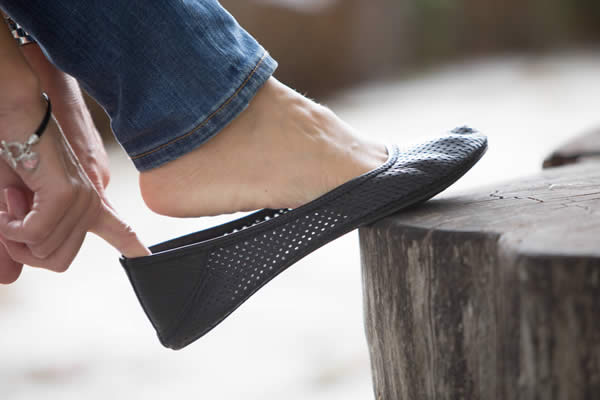
At Softstar, we only make shoes that allow your feet to move naturally and freely. Our shoes are flexible, spacious and soft, and this minimal design prevents excess friction and pressure. If footwear caused a corn or callus to develop, switching to a different, better-fitting pair of shoes may help it simply go away on its own.
If you’re already dealing with calluses and corns then you may have a harder and harder time fitting into the shoes you already own. Rather than trying to cram your feet into such shoes (which will only compound the problem), it may be more beneficial to seek out shoes that properly accommodate your feet without leading to any pinching or pressure.
Some of our favorite Softstar styles for healthy feet:
-
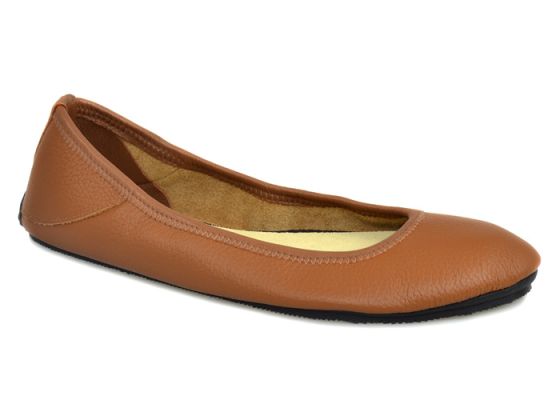
Adult Ballerine Flat
$175.00 -
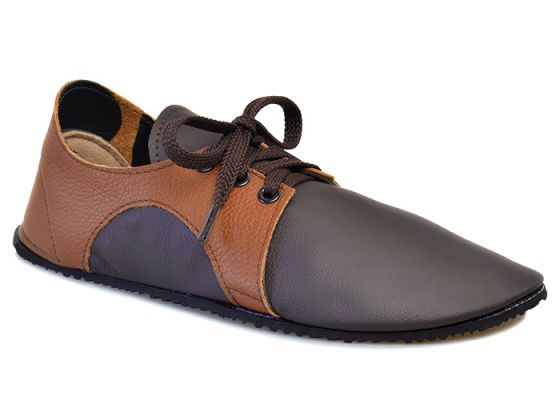
Adult DASH RunAmoc
$170.00 -
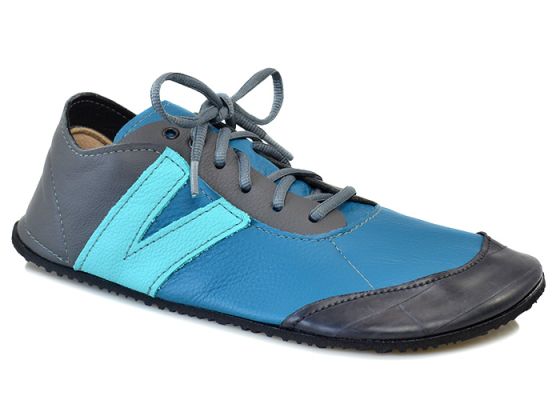
Adult PRIMAL RunAmoc
$185.00 -
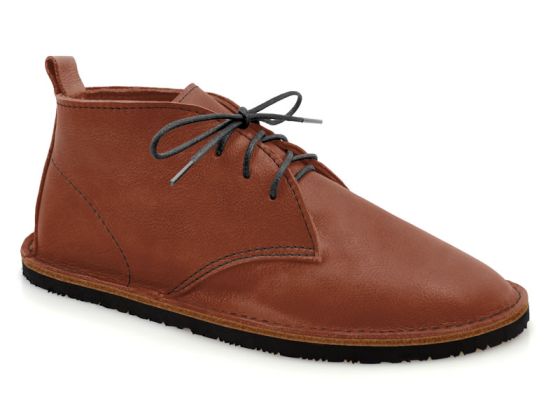 Adult Hawthorne Chukka $200.00
Adult Hawthorne Chukka $200.00
Other Causes of Calluses and Corns
If you have certain kinds of foot abnormalities, such as a bunions, hammertoes or bone spurs, then you may develop a callus or corn as a secondary condition. That’s because the abnormality may be leading to a protrusion that causes excess friction from your shoes or from walking, and then a callus or corn may form in that spot.
If this is the case for you, it is a good idea to see your doctor or podiatrist to address the underlying foot condition. Sometimes it may seem that a corn or callus itself is causing pain, but it may be an underlying issue that’s actually causing the pain.
An abnormal gait pattern could also be causing you to put increased pressure on a certain part of the foot, and this in turn could be causing a callus or corn to form.
Removing Calluses and Corns
To remove calluses and hard corns, try soaking your feet in warm water and then use a pumice stone or specially designed callus remover to gently rub away some of the dead skin. While some people try to cut away calluses with razor blades, we do not recommend trying this yourself, especially if you take blood thinners or have any condition that causes numbness in your feet, such as diabetes. Calluses and corns already cause decreased sensitivity, and it’s easy to accidentally cut too deep. If needed, ask your doctor to pare the dead skin down for you.
Another option is a medicated “corn remover” patch. These patches are commonly found over-the-counter at pharmacies and work via a compound called salicylic acid. This substance softens the corn and causes it to eventually come off. Note that some doctors advise against these patches because the acidic substance could damage the surrounding healthy skin. Removing the corn in this way is also unlikely to get to the root of the issue that caused the corn in the first place, such as poorly fitting shoes, a gait abnormality, or an underlying foot condition.
In the end, your best bet against corns and excess callus formation is prevention--and prevention starts with great shoes. Choose shoes, such as Softstars, that give your feet and toes plenty of space and don’t cause too much pressure and friction. And, of course, go barefoot when you can!
If you’ve had calluses and corns, let us know your tips for dealing with them in the comments below. Did a switch in footwear help clear up the issue for you?

Shelley Stonebrook is a writer and editor who is passionate about the outdoors and environmental advocacy. She lives and gardens with her husband and daughter in Corvallis, Oregon.

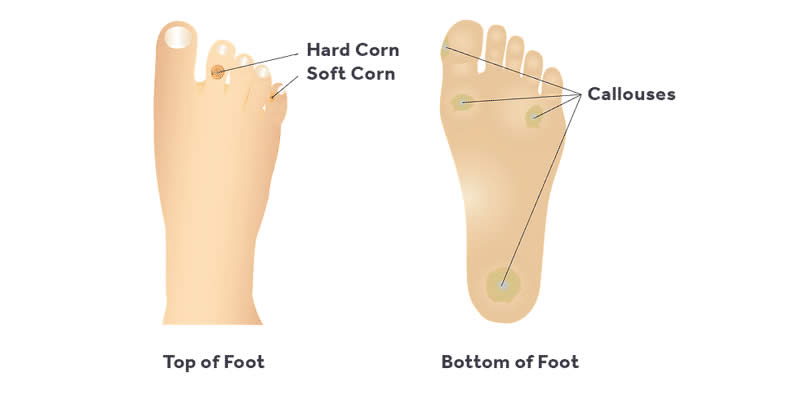

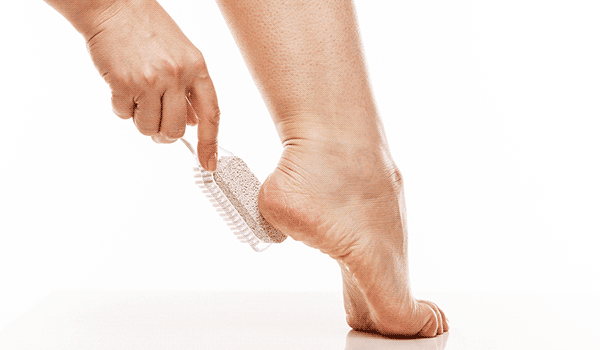

5 Comments
4 Product(s)